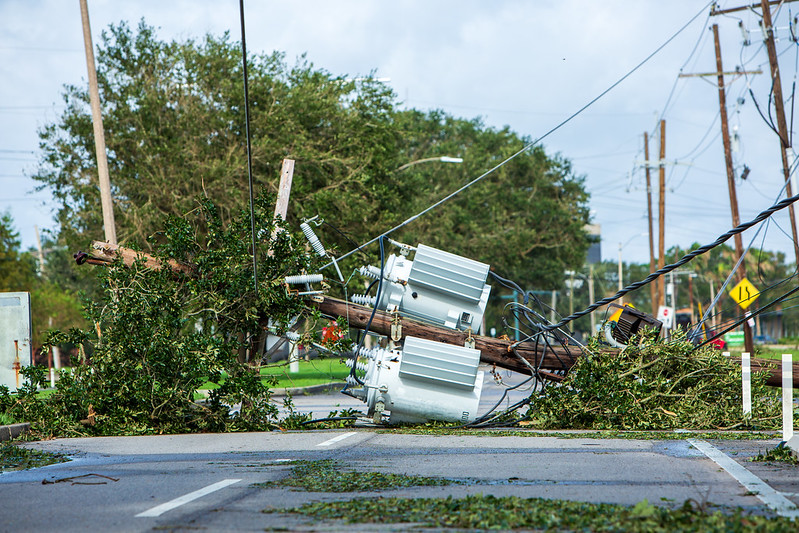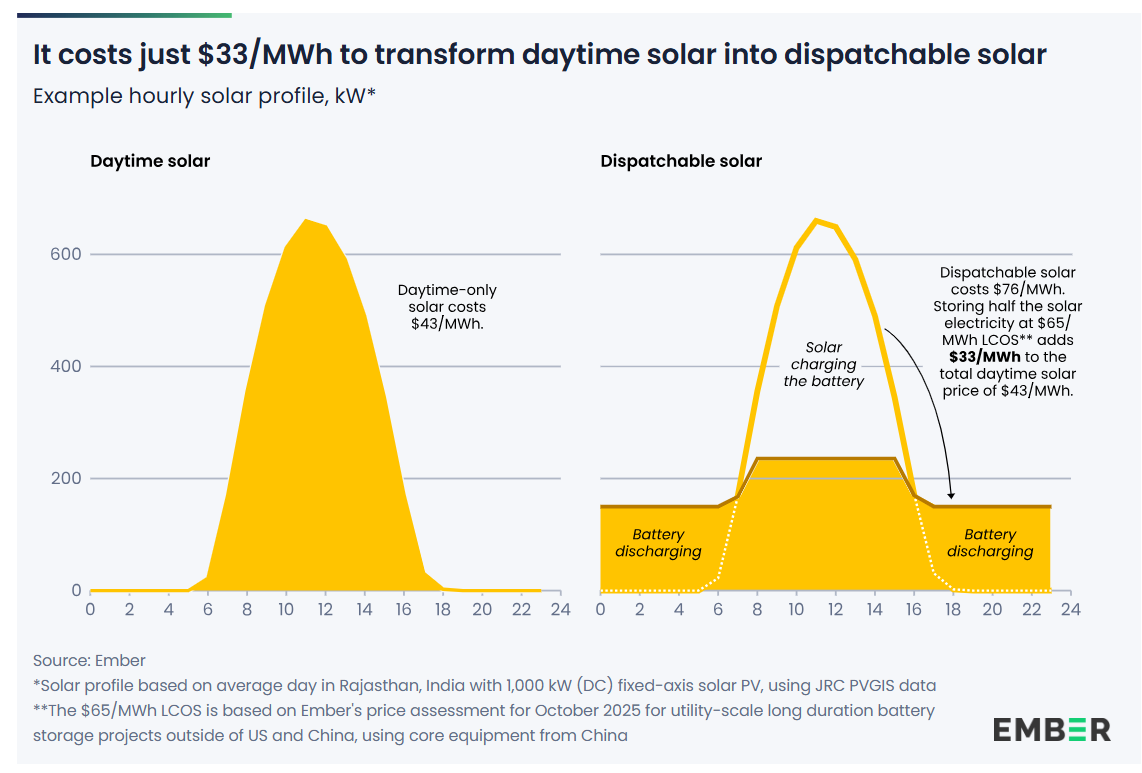The city of New Orleans and as many as 1 million people across Louisiana were without power on August 30 after Hurricane Ida damaged all eight transmission lines that deliver electric power to the city.
Local utility Entergy said that the hurricane’s “catastrophic intensity” caused the damage, which resulted in what it said was a load imbalance that forced power plants to trip offline. It did not know when power might be restored.
The utility said that as of 8 a.m. CDT across its service area, 216 substations, 207 transmission lines, and more than 2,000 miles of transmission lines were out of service.
Local news reports quoted an official in Jefferson Parish who said that a transmission tower that provides power for New Orleans and the east bank of the parish collapsed into the Mississippi River near Bridge City. According to the parish’s Emergency Management Director, cables strung across the Mississippi River fell in the water. The parish is Louisiana’s most populous, with around 450,000 residents. Entergy said the transmission tower that was destroyed withstood Hurricane Katrina that struck the area in 2005.
In 2008, Hurricane Gustav knocked out 13 of the 14 transmission lines that at the time brought power to New Orleans. The failure led regulators to criticize Entergy for the condition of its grid.
The Entergy transmission system is comprised of roughly 16,100 circuit miles of transmission lines operated at 69 kV to 500 kV and around 1,300 substations.The transmission system spans portions of Arkansas, Louisiana, Mississippi, Missouri, and Texas, covering 114,000 square miles.
Entergy said on Sunday night as Hurricane Ida was near its peak that it provided back-up generation to the New Orleans Sewerage and Water Board. But the Board reported that it had lost “all Entergy power.” It said its crews were working “quickly and decisively” to make up for the loss with internal self-generated power sources, including what it identified as Turbines 4, 5, and 6, and EMD, as well as backup generators located at drainage pumping stations.
The water board said that the Entergy loss of power was a “significant” loss for its 60 hz pumps and the 25 hz pumps typically powered through frequency changers. The Board said it was using the self-generated sources of power to drain stormwater and pump drinking water into the city.
The power loss also impacted the city’s sewer pumping stations. The water board said that as of Monday morning, hours after the storm had passed, no backup power was available to operate any of the pumps that were impacted. Crews were assessing how many of the 84 stations were impacted and the board warned but the number “may be very significant.”
The water board said it was working to obtain backup power for some of those sewage pumping stations. In order to prevent sewage backups, the board said it asked residents to limit water usage at home, thus decreasing the amount of wastewater that must be pumped and treated.
This article was updated on August 30 to include details about affected utility assets as well as an image from Entergy.
This content is protected by copyright and may not be reused. If you want to cooperate with us and would like to reuse some of our content, please contact: editors@pv-magazine.com.









This incident is another example of our infrastructure being several years behind time. The storms are getting more severe and we are not even catching up to be able to withstand them today. We rebuild back to today’s standards because it’s too costly to build for the future. Maybe this will be an incentive for Congress to pass the Infrastructure Bill?????